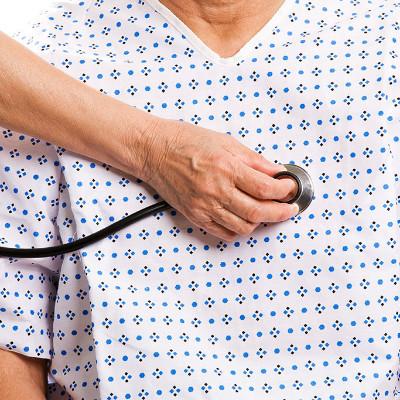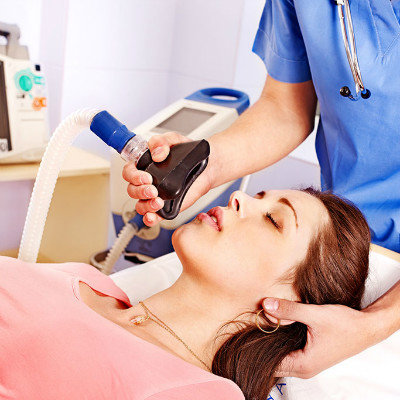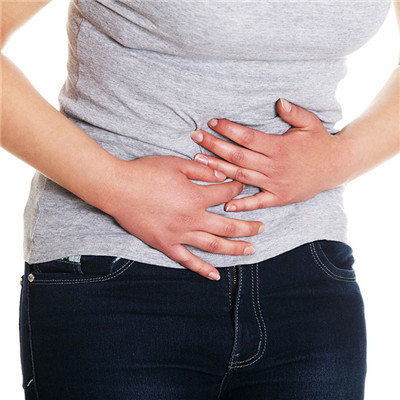Lower gastrointestinal bleeding symptoms?
summary
If the amount of lower gastrointestinal bleeding is less, the symptoms are not particularly serious, there may be hematochezia, stool will show brown or fruit sauce color, hematochezia color is bright red. It can also cause dark stools. In addition, upper gastrointestinal bleeding can lead to circulatory failure, patients will feel palpitations or dizziness, sweating. What's more, they will go into shock or collapse. Of course, because upper gastrointestinal bleeding is often caused by other diseases, such as tumors or gastrointestinal polyps, there will be some symptoms of primary diseases. Let's take a look at the following.
Lower gastrointestinal bleeding symptoms?
First: if it is because of anal fissure or rectal polyps leading to lower gastrointestinal bleeding, the patient's blood in the stool will slowly drip after defecation, and these blood will not be fused with feces. If it is acute hemorrhagic necrotizing enteritis leading to lower gastrointestinal bleeding, the amount of bleeding is often large, and the blood will be mixed with the stool.

Second: when the lower gastrointestinal bleeding, the patient has bloody stool, and there is a mass in the abdomen. At this time, we need to consider the upper gastrointestinal bleeding caused by colon cancer or intussusception. In addition, some acute infectious diseases or severe lack of vitamin C may also lead to upper gastrointestinal bleeding. At this time, we must go to the hospital carefully for detailed examination.

Third: if the lower gastrointestinal bleeding when the excretion of feces showed purulent, and feces with blood, it can be considered as chronic colitis or colon blood sucking worm disease. If the lower gastrointestinal bleeding not only hematochezia, but also abdominal pain is very severe, or lead to shock, it may be caused by mesenteric vascular embolism.

matters needing attention
Patients with lower gastrointestinal bleeding can be examined in many ways, such as angiography, barium enema, or fibercolonoscopy.













